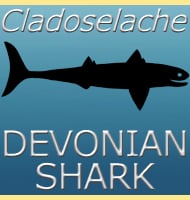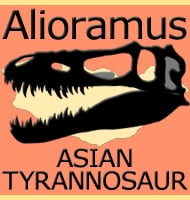In Depth
The holotype specimen of Excalibosaurus was discovered in 1984, and consisted of partial remains of a skull and some of the post cranial skeleton such as ribs, vertebrae, forefin and an incomplete pectoral girdle. When pieced together these remains recreated an individual that was estimated to have been up to four meters long, however this individual now seems to have been a juvenile. A second and almost complete specimen discovered in 1996 was of a larger seven meter long individual, a discovery which indicates that Excalibosaurus was probably at least a medium sized ichthyosaur.
The features of Excalibosaurus that stands out the most are its asymmetrical jaws, with the rostrum of the upper jaw extending well beyond the end of the lower jaw. It’s possible that Excalibosaurus may have used this elongated rostrum to swipe at fish in a similar manner as a swordfish does. This would mean that Excalibosaurus did not need the precision to chase a fish to the point that it could catch it with its mouth, just get close enough to swipe it with its rostrum. This would cause injury to the fish, inhibiting its ability to swim away so that Excalibosaurus would have an easier time getting the fish into its mouth. Such behaviour might suggest a preference for smaller fish that were too agile for other and less specialised ichthyosaurs to catch.
Two ichthyosaurs that are related to Excalibosaurus are Leptonectes from the late Triassic, and Eurhinosaurus that is also from the Early Jurassic. Additionally Excalibosaurus was once thought to be a synonym to Eurhinosaurus by some until the discovery of the second specimen in 1996 which revealed without question that Excalibosaurus is different enough to deserve classification as its own distinct genus.
Further Reading
– A putative ancestor for the swordfish-like ichthyosaur Eurhinosaurus – Nature. 322 (6078): 454–456. – C. McGowan – 1986. – A new Specimen of Excalibosaurus from the English Lower Jurassic – Journal of Vertebrate Paleontology. 23 (4): 950–956. – C. McGowan – 2003.










